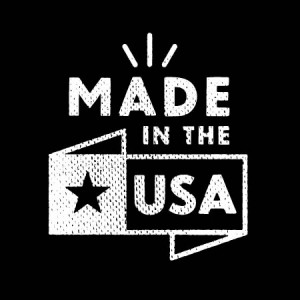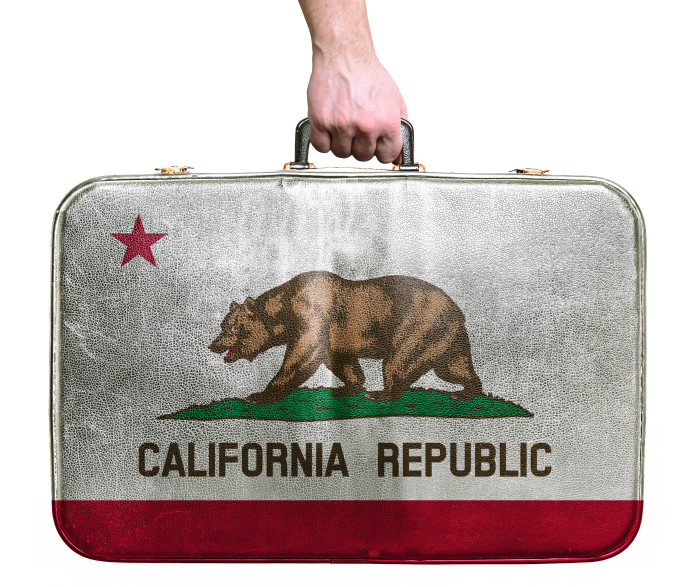**California re-casts its labeling standards for “Made in the USA” labels – bringing it closer in line with Federal Trade Commission Regulations and the “Virtually All Standard” ** . . .
By: Brent E. Johnson
The California legislature has not been shy in being the outlier in consumer protection law. It’s Made in the USA statute is no exception. Since 1961, California has expressly prohibited the designation of products as “Made in the USA” or “Made in America” when the product or “any article, unit, or part thereof, has been entirely or substantially made, manufactured, or produced outside of the United States.” Cal. Bus. & Prof. Code § 17533.7 (emphasis added). Accordingly, to comply with California law, companies have had to ensure that every component of their products be made domestically – “down to the last screw.” Benson v. Kwikset Corp., 152 Cal. App. 4th 1254, 1285 (2007) (dissenting opinion). With diversified and international supply chains the norm, complying with this standard has been problematic if not impossible.
Under Federal law, the Federal Trade Commission (FTC) has power to regulate Made in the USA labeling. 15 U.S.C. § 45a. Notably, the FTC’s standard is not as strict as the California standard. Under FTC regulations, under the “virtually all standard” if almost all of the product is made in the United States, then it complies. 62 FR 63756-01 at pp. 63757, 63764–65. That is, negligible or early stage components of products assembled or processed in the United States do not offend the law. Id. California’s law had no similar latitude, meaning a product could comply with FTC regulations but still run afoul of California law.
This has been a significant irritant for consumer companies, requiring them to create multiple sets of labels – or more commonly – having to apply the higher California standard across all of their U.S. marketing and labeling. California courts have not been particularly sympathetic to this dissonance finding that at least hypothetically it is possible to comply with both laws simultaneously and, therefore, there is no federal preemption. See Clark v. Citizens of Humanity, LLC, No. 14-CV-1404 JLS WVG, 2015 WL 1600679, at *5 (S.D. Cal. Apr. 8, 2015). A bill currently before Congress, S. 1518., the “Reinforcing American-Made Products Act of 2015” proposes to clarify the impasse by specifically articulating that the federal government has complete control over country-of-origin labels and would specifically preempt all conflicting state standards.
California legislators have spoken first. Taking effect January 1, 2016, Senate Bill 633, will allow manufacturers to label a product as “Made in the USA” if the foreign made parts do not constitute more than 5% of the final value of the product (or 10% if the foreign parts are not available from a domestic source). Senate Bill 633, introduced by Senator Jerry Hill, a San Mateo Democrat, was signed into law on September 1, 2015. This change shifts California from its unique position on labeling and more closely aligns it with the labeling standards used by the Federal Trade Commission (“FTC”). There is not perfect alignment, however, and marketers selling products in California will still have to deal with different standards. Nevertheless, the California bright line test provides some welcome clarity.



